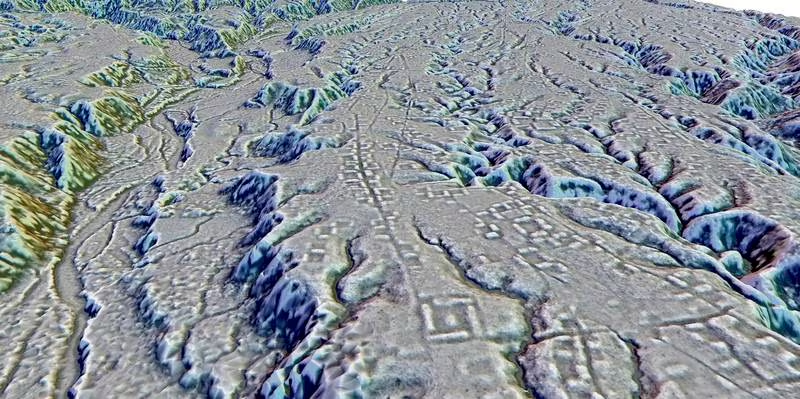Unveiling the Enigmatic Lost Cities of the Amazon Rainforest: A 2,000-Year-Old Mystery Revealed
In a groundbreaking discovery, archaeologists have unraveled the secrets of a hidden civilization that thrived in the heart of the Amazon rainforest around 2,000 years ago. A cluster of lost cities, home to at least 10,000 farmers, has emerged from the dense vegetation of Ecuador, shedding light on a fascinating chapter of human history.
The archaeological revelation traces back to the astute observations of archaeologist Stephen Rostain, who first noted earthen mounds and buried roads in Ecuador more than two decades ago. The intricate puzzle of these structures eluded understanding until recent advancements in laser-sensor technology provided a comprehensive map, revealing a network of settlements and connecting roadways nestled in the foothills of the Andes.
“It was a lost valley of cities,” remarked Mr. Rostain, conveying the awe and amazement that accompanied this remarkable revelation. The settlements, occupied by the Upano people from 500 BC to 300-600 AD, coincide with the period of the Roman Empire, opening a window into a parallel civilization thriving in the lush expanses of the Amazon.
As researchers delve deeper into this archaeological treasure trove, questions surrounding the daily lives, agricultural practices, and societal structure of the Upano people during this era are poised to reshape our understanding of ancient civilizations in the Amazon rainforest.




Comments
Post a Comment